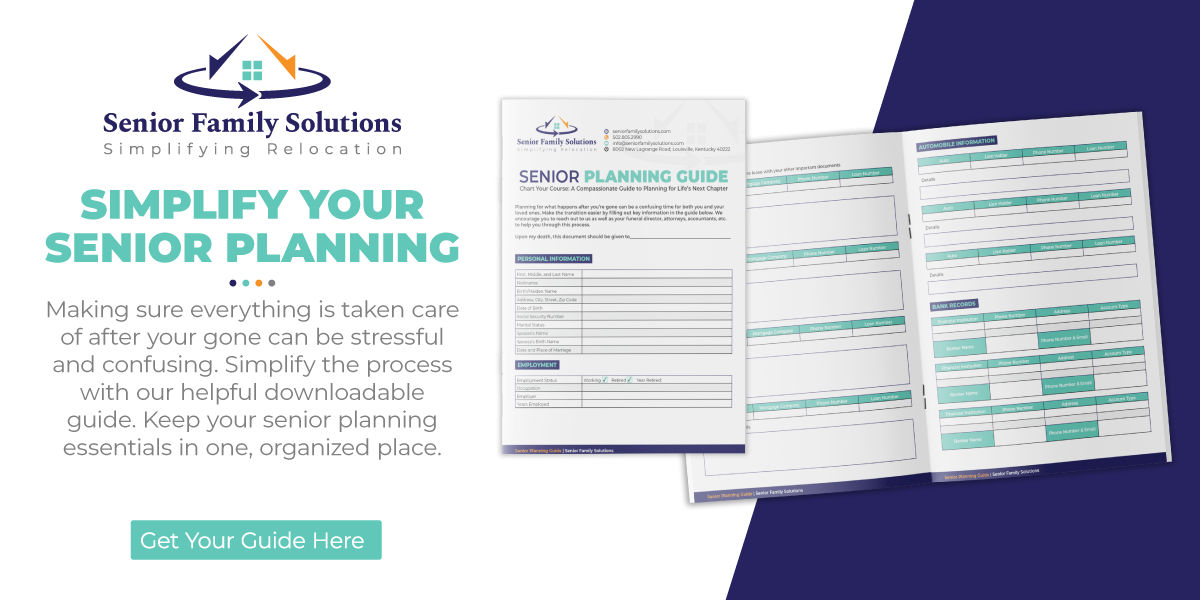The decision to relocate is a significant one, especially for seniors. Leaving a beloved home, downsizing cherished belongings, and settling into a new space comes with challenges. However, with proper planning and preparation, this journey doesn’t need to feel overwhelming. Here are practical steps, tips, and guidance to make senior relocation a smooth and positive experience.
Understanding the Emotional Impact
For many seniors, a home represents more than just a place to live – it’s a treasure trove of memories, milestones, and familiarity. It’s natural to feel sadness, apprehension, or resistance leaving these comforts behind. Acknowledging these emotions is the first step in preparing for this change.
To ease the emotional burden, focus on the positives of the move: less maintenance, a location closer to family, or access to excellent healthcare facilities. Gradual preparations, such as creating a scrapbook of memories from the current home, can also help pave the way for emotional adjustment. This process allows the senior (and their family) to celebrate the past while looking forward to the next chapter with optimism.
Planning and Preparation
Relocation is far smoother and less stressful when approached with advanced planning. The key is breaking down the process into manageable steps so that no part feels rushed.
Start by creating a timeline for the relocation. For example:
- 3+ Months Before the Move: Begin sorting belongings and gathering important documents.
- 2 Months Before: Finalize new living arrangements and hire a professional moving service (if needed).
- 1 Month Before: Schedule utility transfers, arrange transportation, and create an essentials list for moving day.
A simple checklist can make a world of difference. Tasks like organizing medical records, downsizing holiday decorations, and sorting out sentimental keepsakes don’t need to happen overnight.
Best Practices in Downsizing
Downsizing is challenging, as it requires letting go of items that carry sentimental or nostalgic value. To make this process lighter:
- Sort Items into Categories: Divide belongings into “keep,” “donate,” and “discard.” Avoid revisiting decisions, as this can prolong the process unnecessarily.
- Focus on Necessity and Sentimental Value: Ask whether an item is truly essential or carries irreplaceable meaning.
- Enlist Help: Family members or professional organizers can be invaluable in offering a fresh perspective and assisting with sorting, packing, or even donating items to local charities.
Downsizing isn’t about loss—it’s about embracing simplicity and ensuring that the new space feels uncluttered and manageable.
%
Seniors express strong emotional attachment to their homes
%
Seniors say proximity to healthcare is a top priority
%
Reduction in overall stress levels reported by seniors who use professional relocation services
Choosing the Right New Home
Selecting the perfect residence is vital to ensuring comfort and safety in the senior’s new environment. Here are a few key aspects to consider:
- Proximity to Family and Healthcare Facilities: Being close to loved ones and access to medical support is a top priority for many seniors.
- Accessibility Features: Stair-free layouts, grab bars in bathrooms, and proper lighting prevent accidents and promote independence.
- Community Opportunities: Some seniors may prefer living in active adult communities with social events and organized activities to combat isolation and loneliness.
Balancing convenience with comfort ensures a better fit and makes the adjustment easier.
The Day of the Move
Moving day can be hectic, but following these simple tips can make it smoother:
- Keep Essentials Accessible: Medications, important documents, family heirlooms, and toiletries should be packed in a clearly marked and accessible bag.
- Ensure Comfort and Safety: Take periodic breaks, stay hydrated, and ensure the senior’s direct needs are prioritized. Surrounding them with family members can offer additional comfort and reassurance.
With proper preparation, the day of the move can be an exciting rather than stressful milestone toward new beginnings.
Settling Into the New Home
Making the new residence feel like home is critical for a smooth transition. Begin by unpacking familiar and comforting items, such as photo frames, favorite armchairs, or cherished bedding.
Establishing routines early—like meal times or hobby sessions—can further ease the adjustment. Exploring the area to discover new grocery stores, parks, or community centers also builds familiarity and confidence.
Conclusion
Senior relocation, when approached with thoughtful planning and care, can lead to a smoother transition and a fulfilling new chapter in life. By understanding emotions, downsizing intentionally, and navigating each stage step-by-step, families can provide meaningful support every step of the way.
If the process ever feels overwhelming, Senior Family Solutions is here to help. From comprehensive relocation services to caring guidance, we specialize in making transitions stress-free for seniors and their families. Let us be your trusted partner in creating a safe, comfortable, and optimistic relocation experience.
Remember, this journey isn’t just about moving to a new house – it’s about embracing the promise of a new home and all the opportunities ahead.





